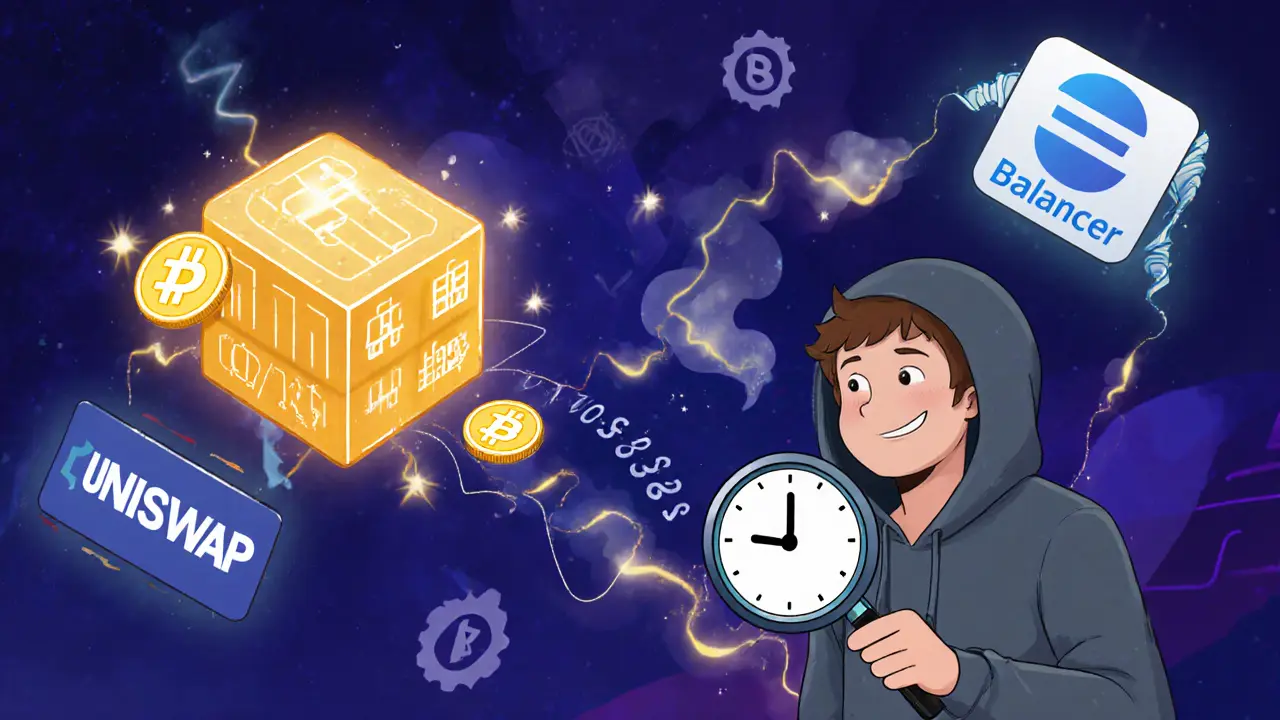Liquidation in Crypto: What It Means, Why It Happens, and How to Avoid It
When you trade crypto with leverage, liquidation, the forced closing of a leveraged position when losses exceed your collateral. Also known as margin call, it’s the moment your trade gets automatically shut down because you don’t have enough funds left to cover the loss. It’s not a glitch. It’s not a hack. It’s the system working exactly as designed—usually at the worst possible time.
Margin trading, borrowing funds to increase your position size. Also known as leveraged trading, it’s how some traders multiply gains—but it also multiplies losses. If you open a 10x position on Bitcoin and the price drops just 10%, you’re wiped out. That’s not theory. That’s what happened to thousands in 2022 when Bitcoin fell from $69,000 to $16,000. The liquidation price, the exact price at which your position gets closed by the exchange. Most platforms show this number in real time. If you’re ignoring it, you’re playing Russian roulette with your wallet.
People think liquidation only happens to beginners. But even experienced traders get caught. Why? Overconfidence. Ignoring stop-losses. Chasing pumps. Or worse—trading on platforms with hidden fees or poor risk controls. The leveraged positions, trades amplified by borrowed capital. are the backbone of DeFi lending and derivatives markets. But they’re also the reason $3 billion in crypto was liquidated in a single day during the 2022 market crash.
There’s no magic trick to avoiding liquidation. But there are simple rules: never risk more than 5% of your portfolio on a single leveraged trade. Keep your leverage under 5x unless you’re actively monitoring the market. Always set a stop-loss. And never use borrowed funds to trade assets you don’t fully understand. The posts below show real cases—from traders who lost everything on Binance Futures to those who survived the 2023 Ethereum flash crash by using lower leverage and tighter risk controls.
You’ll find breakdowns of actual liquidation events, how exchanges calculate your liquidation price, and why some platforms are far more dangerous than others. You’ll also see how people turned near-total losses into recovery plans by learning the mechanics behind the wipeout. This isn’t about fear. It’s about control. And if you’re trading with leverage, you need it.
